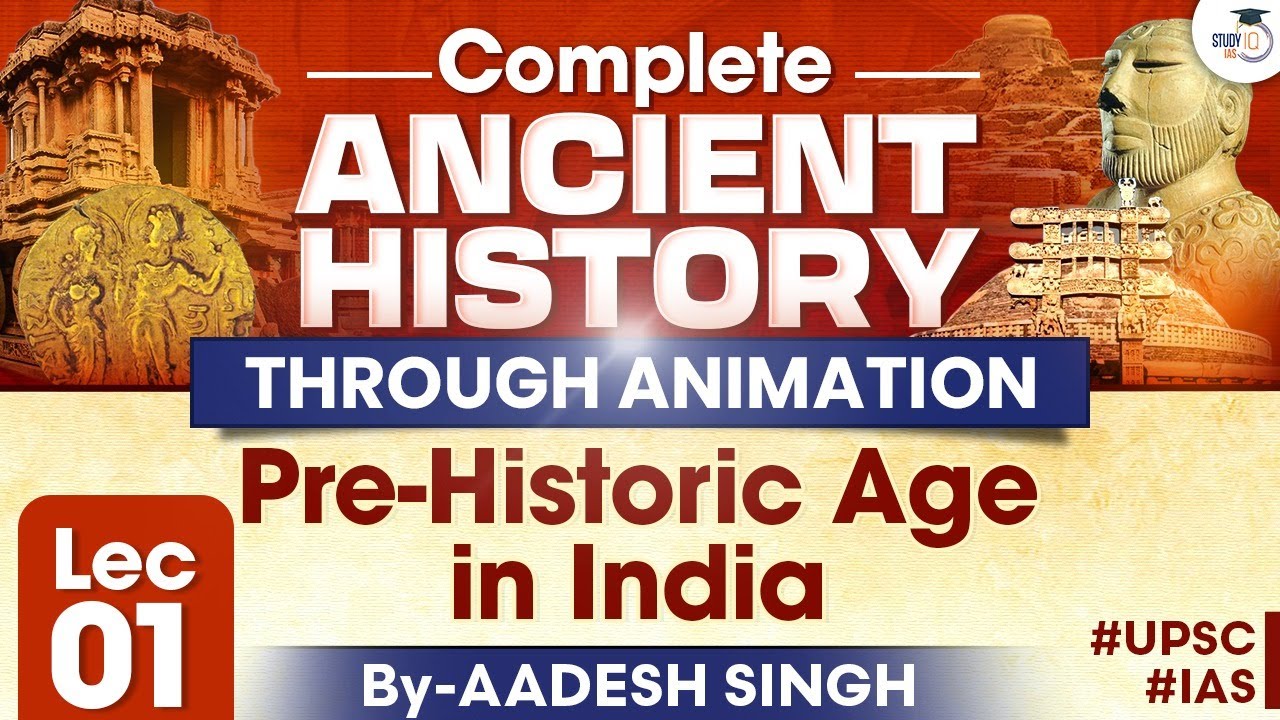Stone Tool Technology of Our Human Ancestors — HHMI BioInteractive Video
Summary
TLDRThe script explores the pivotal role of stone tools in human evolution, dating back 2.5 million years to East Africa. It highlights how early hominids used these tools to access nutritious marrow from large mammal carcasses, a practice that set them apart from other primates. Tim White from UC Berkeley discusses the significance of these tools, found in Olduvai Gorge, which not only allowed hominids to compete with carnivores but also expanded their dietary range, signifying a critical shift in our ancestors' behavior and survival strategies.
Takeaways
- 🛠️ The first stone tools marked a pivotal step in human technological advancement, changing the course of life on Earth.
- 🌏 Tool use is not unique to humans, but the complexity and reliance on tools set us apart from other species.
- ⏳ The oldest known stone tools date back 2.5 million years and were found in East African sediments.
- 🔍 Stone tools can be dated using geochemical analysis of the sediment layers in which they were buried.
- 🔨 The stone tools from Olduvai Gorge, Tanzania, are significant for understanding early human behavior and evolution.
- 👨🔬 Tim White's research on Olduvai tools at the University of California, Berkeley, provides insights into early hominid tool-making.
- ⚒️ Stone tools were initially used to create sharp edges for cutting meat from large mammal carcasses.
- 🥩 Access to meat and marrow from large animals provided a rich source of fat and protein, essential for early hominids.
- 🧠 The use of stone tools indicates cognitive development and the need for cooperation among early hominids.
- 🦴 Evidence from fossil bones shows that early hominids used tools to access marrow, a critical dietary resource.
- 🌱 The shift from foraging to competing with carnivores for resources represents a significant behavioral expansion in early ancestors.
Q & A
What is the significance of the smooth stone mentioned in the script?
-The smooth stone represents the first step in human tool-making, symbolizing the beginning of our technological evolution.
Why do stone tools set humans apart from other species?
-Stone tools set humans apart due to the sophistication of our tools and the degree of reliance upon them, which is not seen in the same extent in other species.
How are stone tools dated?
-Stone tools are dated by geochemical analysis of the sediment layer in which they were buried.
Where were the oldest stone tools found?
-The oldest stone tools were found in East African sediments, dating back 2.5 million years.
What is the significance of Olduvai Gorge in the context of stone tools?
-Olduvai Gorge is significant because it contains nearly 2-million-year-old sediments with thousands of stone tools, famously discovered by Louis and Mary Leakey.
How can one determine if a rock is a stone tool?
-A rock can be identified as a stone tool by its sharp edge and scars, which are the result of repeated strikes with a hammer stone, and by its location in fine-grained lake beds where it could not have naturally occurred.
What are the core and flakes in the context of stone tools?
-The core is a rounded, water-worn cobble that has been broken by repeated strikes of a hammer stone, and flakes are the smaller shards of rock struck from the core.
Why were sharp edges important for early hominids?
-Sharp edges were important for early hominids to remove meat from large mammal carcasses and to exploit the bones for fatty marrow, which was a rich dietary resource.
How did the use of stone tools change the behavior of early hominids?
-The use of stone tools allowed early hominids to compete with carnivores for food, expand their diet, and access resources that were previously unreachable, leading to a significant behavioral and evolutionary change.
What evidence is there that early hominids used tools to access marrow?
-There are fossils from Olduvai Gorge with scars indicating that hominids used hammer stones to impact the shafts of bones, accessing the fatty marrow inside.
How do stone tools reflect the evolution of our ancestors?
-Stone tools are durable evidence of sophisticated behaviors that reveal a critical transition in the lives of early ancestors, showing an expansion of their behavioral capabilities beyond foraging.
Outlines

This section is available to paid users only. Please upgrade to access this part.
Upgrade NowMindmap

This section is available to paid users only. Please upgrade to access this part.
Upgrade NowKeywords

This section is available to paid users only. Please upgrade to access this part.
Upgrade NowHighlights

This section is available to paid users only. Please upgrade to access this part.
Upgrade NowTranscripts

This section is available to paid users only. Please upgrade to access this part.
Upgrade NowBrowse More Related Video

Archeology 1 (3/3)

Fouille d'un site paléolithique à Solutré

Social Coercion Theory and the Evolution of Human Violence

The Invention of Writing (Hieroglyph - Cuneiform)The Journey to Civilization - See U in History

When We First Made Tools

Complete History Through Animation | Lec 1 | Pre-Historic Age in India | By Aadesh Singh
5.0 / 5 (0 votes)